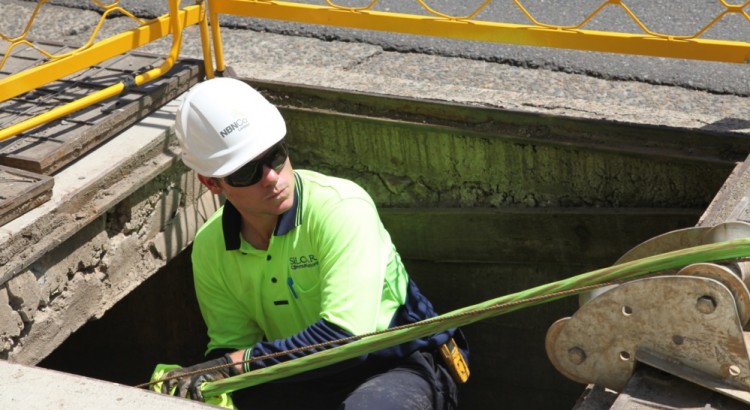Despite repeated claims of by Minister of Communications, Malcolm Turnbull — the choice of the 93% Fibre to the Premises plan as chosen by the former Labor Government was not a “political” choice.
In a recent opinion piece by Minister Turnbull on ABC’s The Drum, he writes:
But it is critical to remember one very big difference between our Government and Labor’s on this matter. Labor made a thoroughly political decision to use FTTP for 93 per cent of the country – heedless of the economic consequences.
But anyone who remembers the original plan for the National Broadband Network was actually an Fibre to the Node network.
The original plan was to undergo a tender process to ask companies like Telstra, or Optus to propose a network construction. The proposal was that the Government would contribute $4.7 million dollars (by selling off the Government’s remaining Telstra shares) to the construction of the network.
Six companies submitted proposals, including six Acacia, Axia NetMedia, Optus on behalf of Terria, TransACT and the Tasmanian Government. However, the Government announced on the 6th April 2009 that they did not find any of the proposals satisfactory. “Deterioration of the economy” during the global financial crisis (GFC) was cited to be the root cause of this failed request for proposal (RFP) by then-Communications Minister Stephen Conroy. Instead, it was announced that a Fibre to the Home (FTTH) network would be constructed by a Government-owned company, soon to be known as NBN Co.
How, I ask Malcolm Turnbull, is a failed request for proposal due to the global financial crisis a political decision? This one has seriously left my head scratching…


